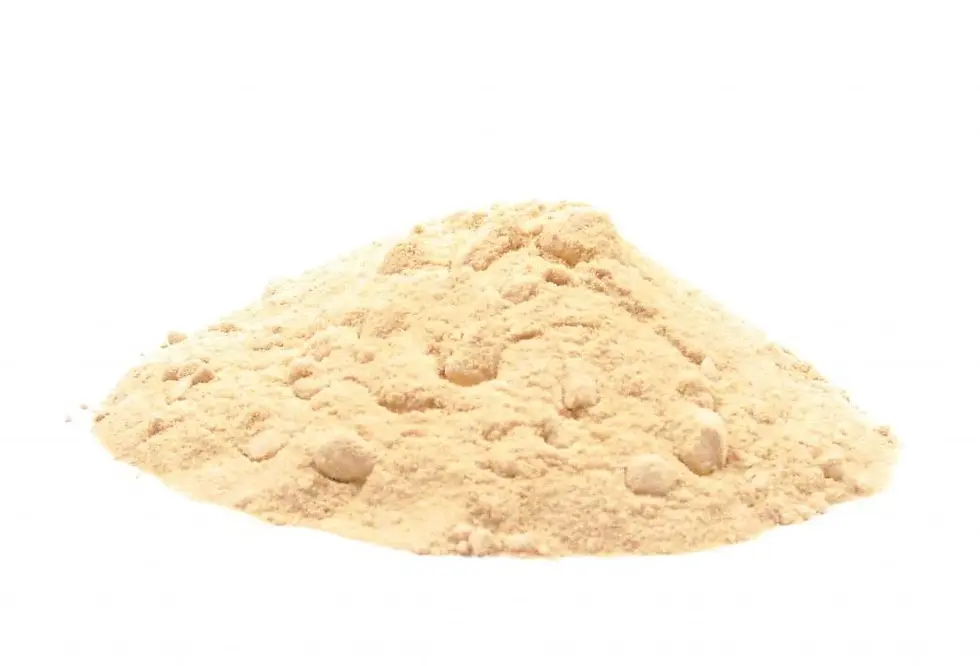From Hive to Powder: Why Honey Powder Is a Sweet Opportunity for Beekeepers, Exporters, and Food Innovators
- Frank Jeanplong
- 2 days ago
- 2 min read
Honey has been revered for centuries as nature’s golden elixir—but did you know that transforming it into a powder opens new frontiers for beekeepers, exporters, and food manufacturers?
A recent comprehensive review titled "Honey Powder: Drying Methods, Physicochemical Properties, and Its Applications in Food Formulations" explores how honey, traditionally limited by its stickiness and high moisture content, is now being reimagined in powdered form. Here's why this matters to you.

Why Turn Honey Into Powder?
While liquid honey is dense, sticky, and prone to crystallization, honey powder offers:
Longer shelf life
Easier handling, transport, and storage
Wider industrial applications - It dissolves easily, retains nutritional value, and integrates smoothly into food formulations—making it a valuable ingredient for the growing natural and functional food markets.
The Science Behind Honey Powder
Converting honey into a stable powder isn’t simple. Honey’s high sugar content and low glass transition temperature make it naturally sticky and hard to dry. The solution? Combine honey with drying aids like maltodextrin, gum Arabic, or whey protein isolate, then apply advanced drying technologies like:
Spray drying: Common and economical, but needs drying aids to prevent stickiness.
Freeze drying: Preserves bioactives and aroma but is costly and slow.
Vacuum drying: Suitable for small-scale use; retains aroma better than spray drying.
Microwave-vacuum drying: Fast and efficient, with promising moisture control.
For Exporters: Expanding Horizons
Exporting liquid honey comes with challenges—bulkiness, leakage risk, and fermentation. Powdered honey overcomes these, offering:
Lower shipping costs
Improved shelf stability
Appeal in new markets like health supplements, cosmetics, and convenience foods
For exporters looking to break into high-value categories like nutraceuticals or cosmetics, powdered honey can be positioned as a premium, shelf-stable ingredient with functional benefits.
For Novel Food Developers: Versatility in Every Gram
Honey powder isn’t just sweet—it’s multifunctional. It’s already being used in:
Bakery products (bread, biscuits, cakes)
Dairy (yogurt, ice cream)
Meat marinades (as a natural preservative)
Snacks & cereals
Sauces, beverages, and supplements
Its antimicrobial, antioxidant, and flavor-enhancing properties give it wide appeal in both mainstream and functional food sectors.
For Beekeepers: Value-Add to Raw Honey
If you’re a beekeeper, especially one with surplus or lower-grade honey, powdering it could create new income streams. Instead of selling raw honey alone, you could:
Partner with processors to create honey powder
Offer it as a specialty ingredient to bakeries or wellness brands
Tap into the growing demand for convenient, natural sweeteners
The Road Ahead
Despite its potential, challenges remain—especially in reducing the reliance on carrier agents without compromising powder quality. More R&D is needed to make the process efficient, cost-effective, and scalable. But as demand grows for clean-label and functional ingredients, the timing is ripe.
Final Buzz
Honey powder represents more than just a new format—it’s a bridge between tradition and innovation. Whether you’re a beekeeper looking to diversify, an exporter targeting premium markets, or a food technologist searching for natural ingredients, this sweet solution might be your next big move.
Read the review article here: https://iadns.onlinelibrary.wiley.com/doi/pdfdirect/10.1002/fpf2.70020



Opmerkingen